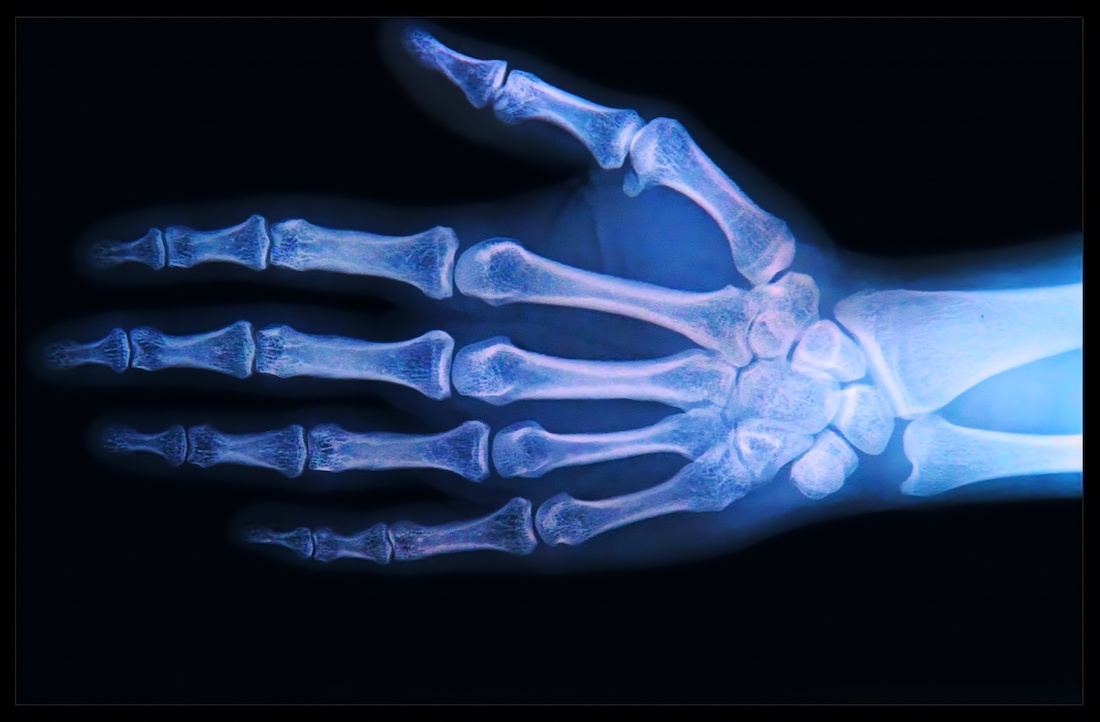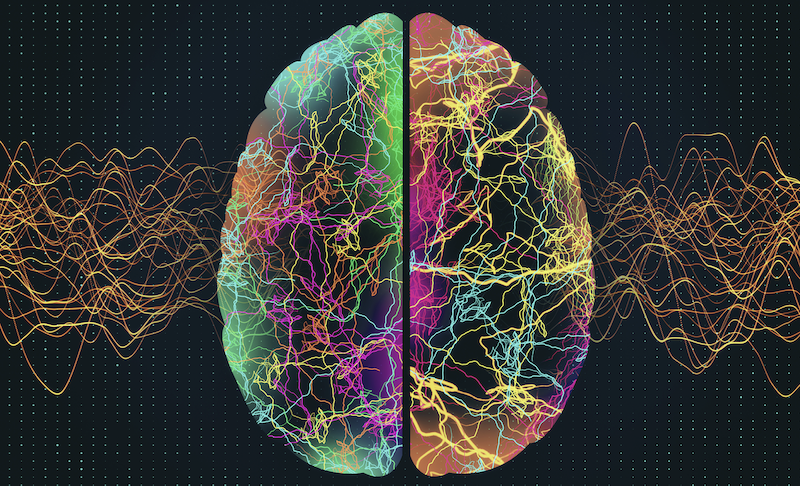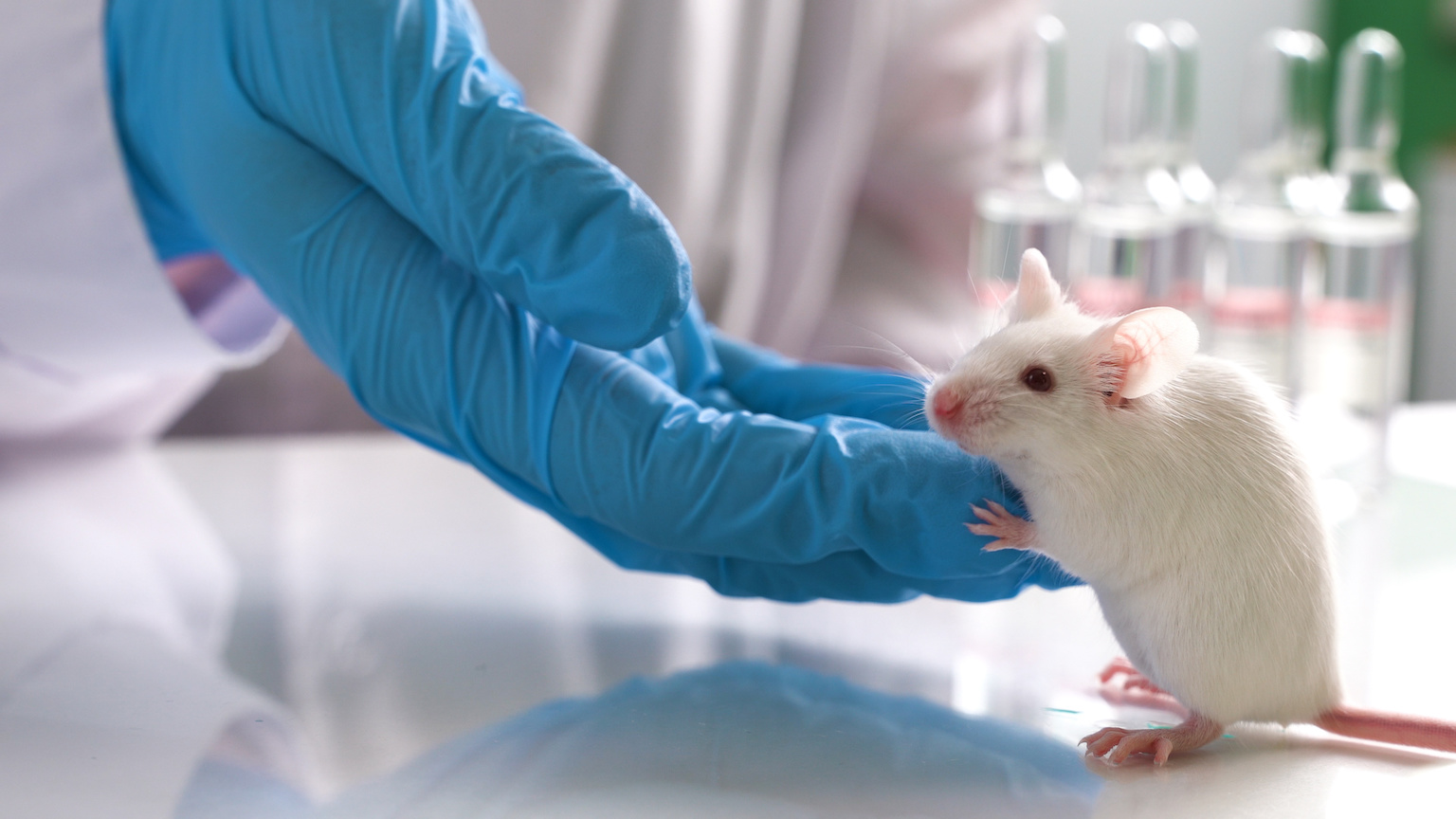What side is your appendix on? The right, unless you have situs inversus

- For individuals with situs inversus (SI), the organs are reversed from their anatomically normal positions.
- Most individuals with SI are unaware of their condition, and the cause is unclear.
- Interestingly, individuals with SI are more likely to be left-handed.
In 2012, an 86-year old woman arrived at the emergency room with a sharp pain in her lower-left abdominal area. For the next several hours, she proved to be an enigma. The physicians took her vitals — blood pressure, heart rate, and body temperature — which were all healthy and normal. They ran blood and urine analyses, which also came back healthy and normal. Finally, they performed a chest X-ray. Healthy but not normal. The woman’s heart was pointing toward the right. Normally, the heart points to the left.
Admittedly strange, an inverted heart does not explain the abdominal pain — that is, unless other organs were inverted, too. The physicians ran an abdominal computed tomography (CT) scan, and on her left side they found an inflamed appendix, an organ that is usually found on the right side. In fact, all of her internal tissues were inverted. She had situs inversus.
Situs inversus affects about 1 in 7,000 people, but most people with this congenital disorder are unaware of their internal uniqueness. This makes the condition seem much more rare than it actually is. Consequently, physicians rarely test for it, and that leads to some surprises.
The patient whose heart was in the right place
Take Rose Marie Bentley, for example. When Bentley passed away at the age of 99, she donated her body to research at Oregon Health & Science University. She and the physicians at the university were unaware that she had situs inversus. During a routine anatomy class, a group of medical students examined Bentley’s body. They found Bentley’s internal organization did not match the textbook layout, and they summoned their instructor to help unravel the mystery. However, even the instructor, an expert in anatomy, was perplexed. Bentley’s organ organization was exceptionally rare, occurring in only 1 in every 20,000 people: Although most of her organs were inverted, Bentley’s heart was in the right place.
The patient who was executed twice
Ginggaew Lorsoongnern’s heart, however, was not in the right place. Lorsoongnern was found guilty of conspiring in a kidnapping and murder plot and, consequently, was sentenced to execution by firing squad. A physician taped a small white square on the left side of Lorsoongnern’s chest, indicating where the heart is located. An executioner fired 10 bullets through the square, Lorsoongnern collapsed, and the physician pronounced her dead. After transferring Lorsoongnern to the morgue, she tried to stand — a condition that suggested that her initial diagnosis was incorrect. The executioner proceeded to shoot her 15 more times. Upon a more thorough examination of Lorsoongnern’s body, the physician realized that he had placed the white box in the wrong location — a comically tragic breach of “do no harm.”
(Enrique Inglesis, Catherine O’Hara, and Randy Foye also have SI, but their stories lack Bentley and Lorsoongnern’s dramatic flair.)
Fluid movement and left-handedness
Scientists suspect situs inversus is caused by a disruption of fluid movement during embryonic development. A bona fide circulatory system (composed of veins and arteries) develops after about four weeks. Until that time, the embryo relies on hair-like structures (i.e., cilia) to direct fluid flow. This flow is critical for dispersing nutrients and is involved in determination of left–right body asymmetry.
About a quarter of people with situs inversus have cilia dysfunction. For the other three quarters, the cause remains a mystery. In 2020, a group of scientists set out to determine if there were any genetic markers common to individuals with SI who have healthy cilia. Although the scientists failed to find any markers, they did find that such individuals were often left-handed. In fact, they were five times more likely to be left-handed than normal individuals or individuals with SI due to cilia dysfunction.
So, if you are left-handed and have a sudden, sharp pain in the lower-left abdominal region — or, if you are about to be executed by a firing squad — please ask the attending physician to do a thorough examination.





